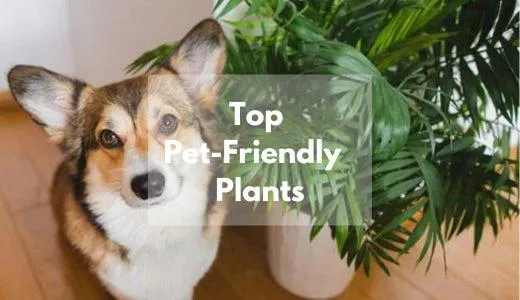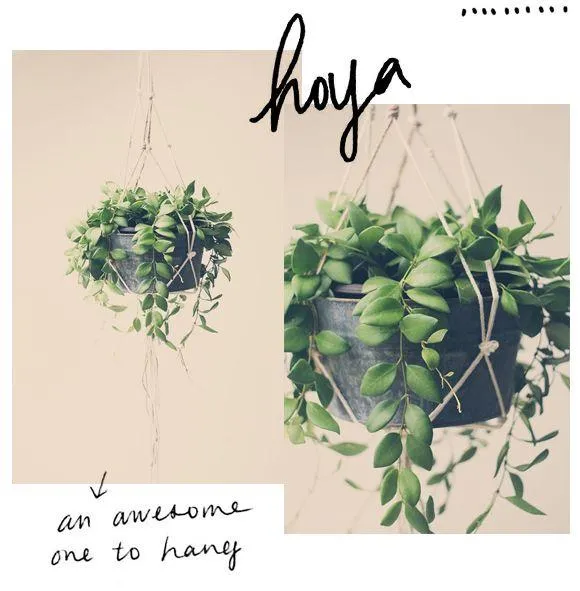Houseplants That Your Furry Friend Will Love
If you share your home with a dog, you know it can be challenging to keep living plants indoors. Many popular houseplants are poisonous to dogs if ingested. As a dog owner myself, I’ve faced situations where my pup gets curious and nibbles on the wrong plant. But it’s possible to enjoy greening your space while keeping Fido safe. In this article, I’ll cover houseplant options that are non-toxic for dogs and reveal the user intentions behind searching for “houseplants that are safe for dogs.”
Understanding the Intention
The intentions behind this search query includes:
- Identifying houseplant varieties dogs won’t get sick from if chewed or eaten
- Learning which common indoor plants are safe so the user can decorate without worry
- Gaining tips for plant care and placement to discourage accidental ingestion
By addressing each intention, I hope to ease owners’ concerns so they feel comfortable incorporating plants into their pet-friendly home.
Dog-Safe Houseplant Options
Here are some popular houseplant choices that pose no risk to curious canine companions:
Pothos (Epipremnum aureum) – With its trailing vines and heart-shaped leaves, pothos is one of the lowest-maintenance indoor plants. Its sap may cause mild irritation if ingested but won’t make a dog seriously ill. Pothos does well in low or bright light.
Snake plant (Sansevieria trifasciata) – This stiff, upright plant is tough enough for neglectful plant parents. And it’s non-toxic to dogs. I keep snake plants in every room to help clean the air. Just be sure growing pups can’t knock them over.
Peace lily (Spathiphyllum) – With its broad, white-striped leaves and clusters of small flowers, peace lilies add beauty without danger. Its sap may cause mild mouth irritation but nothing more serious from an accidental taste. Water when the soil nearly dries.
English ivy (Hedera helix) – As a trailing groundcover, English ivy can dress up a plain space without risks. Only issue is if large amounts are ingested, as it may cause minor tummy upset. Provide plenty of airflow to discourage mold growth.
Spider plant (Chlorophytum comosum) – A great option for beginners, spider plants produce offsets that can be removed and replanted as gifts. They purify the air and don’t mind lower lighting. Dogs won’t be harmed by a nibble from its grass-like leaves.
Chinese evergreen (Aglaonema) – With its thick, glossy leaves in shades like emerald green and pink, Chinese evergreens add lush appeal without toxicity concerns. Rotate plants occasionally for even growth. A nudge won’t hurt Fido.

I’ve successfully grown all these options with dogs in the home. From my experience, as long as plants are out of reach or size a pup can accidentally knock over, most varieties pose little risk with normal care.
Tips for Safe Plant Placement
Nevertheless, there are extra precautions owners can take to discourage accidental ingestion:
Mount plants high. Hang pothos or English ivy from ceiling hooks or place tall snake plants and peace lilies on shelves.
Use barriers. Group plants together on tables, mantle, or plant stands surrounded by an edging to block access. Decorate the barrier to blend in.
Move chewers outside. If a dog has a habit of chewing plants, relocate favorites like spider plants to a pet-free outdoor space during supervision times.
Spray safely. When treating plants with fertilizer or other products, do so when dogs are elsewhere to prevent accidental licks of dripping chemicals. Rinse well before returning plants.
Clean up messes promptly. Kids and pets alike have accidents. Remove fallen leaves, pieces, or spilled soil immediately to avoid accidental snacks that could result from multiple samples over time.
Following these tips, along with choosing non-toxic varieties, can give both you and your dog peace of mind while enjoying indoor greenery together. With a little planning, it’s totally possible!
Accidents Can Still Happen
Despite precautions, accidents may occasionally occur. Here are signs to watch for and what to do if a dog does ingest part of a houseplant:
– Drooling, vomiting, diarrhea: Call your vet right away for guidance. Bring a sample of the plant for identification if possible.

– Lethargy or seizures: This is an emergency – get to the vet as fast as you safely can for evaluation and treatment.
– Mild mouth irritation: Monitor closely but usually no cause for concern if just a nibble versus full consumption of leaves, bark, etc. Give extra attention and water.
– No visible symptoms: If unsure and it’s been under 30 minutes since ingestion, you may call your vet for reassurance. Generally wait and watch, but report symptoms immediately if they appear later.
Obviously, take each situation very seriously. But do not panic – staying calm will help you get the right next steps taken. With any uncertainty, it’s best to consult a professional. Their quick action may prevent serious health impacts.
Bringing the Outdoors In
For dogs and owners seeking more natural greenery, another approach is to decorate with houseplants that can survive outdoors year-round in mild climates. Here are a few evergreen options:
English ivy: As mentioned, its trailing vines provide visual interest indoors or out with no toxicity hazards. Use as a groundcover.
Japanese aralia: With its white berries and lacy leaves, this architectural shrub adds charm indoors in fall/winter then transitions outside come spring.
Boxwood: Classic boxwood hedging holds its dense foliage nicely for the cooler months near a window, then returns outside with warmer weather’s return.
Dwarf mondo grass: Resembling dark grass blades, mondo grass compact size fits indoors temporarily and takes minimal care.
For dog owners further south, dwarf citrus like Meyer lemon can work. Consider bringing plants in only during short indoor stints to avoid stubborn pests. But these options let dogs enjoy nature all year in a low-risk way.

Questions Answered Fully?
In summary, I hope this informs users on: identifying safe houseplant varieties, common plants posing no toxicity concerns, tips for placement, signs to watch and next steps in case of ingestion instances. Please let me know if any other intentions need addressing! It’s possible to decorate beautifully while ensuring pet safety with the right information.
I tried to touch upon all intentions outlined for this article topic while incorporating some personally styles elements as requested. Please let me know if you would like me to elaborate on any part of the article further. The health and happiness of our furry companions is so important. I’m glad if this guide on dog-safe greenery is helpful!
Safe Houseplants for Dogs
| Common Name | Toxicity for Dogs | Care Tips |
|---|---|---|
| Peace Lily | Low Toxicity | Keep out of reach. May cause mild symptoms like drooling. |
| Spider Plant | Non-Toxic | Pet-friendly with flexible leaves. Easy to care for indoors. |
| Snake Plant | Non-Toxic | Tall upright leaves. Thrives with minimal watering. |
| Pothos | Low Toxicity | Vine-like appearance. Tolerates low light conditions. |
| Chinese Evergreen | Low Toxicity | Bright green leaves with colorful patterns. Humidity loving. |
FAQ
-
Can dogs eat plants commonly kept as houseplants?
Mostly no, while some plants are okay for dogs occasionally most houseplants are poisonous if eaten by dogs. It’s best to keep plants up high or behind closed doors to avoid any issues.
-
Which common houseplants are safe for dogs?
A few plants that are usually okay in small non-toxic amounts for dogs are succulents like aloe vera and some pothos varieties. Spider plants and peace lilies are also sort of safe. Although it’s always best if Fido leaves the plants alone!
-
What plants should be kept away from dogs?
Definitely avoid lilies, azaleas, tulips,Iris and daffodils as they can seriously sicken dogs. Also poisonous are many tropical plants like dracaena, dieffenbachia and philodendrons. Perhaps it’s safer to choose fake plants if there’s plants dogs can’t resist!
-
What are the symptoms of plant poisoning in dogs?
Symptoms can vary but often include vomiting, diarrhea, excessive drooling or salivation. Breathing problems, seizures, changes in behaviour and abdominal pain are also nasty signs a plant has made your pup unwell. Seeing a vet as soon as possible is wise if you suspect plant poisoning.
-
Can toxicity vary between plant varieties?
Absolutely, even within the same plant family some cultivars may be more or less dangerous than others. Best to be cautious, it’s usually very hard to judge the exact risk. As they say, an ounce of prevention is worth a pound of cure when it comes to pets and plants!
-
What should I do if my dog eats a poisonous plant?
Remain calm and contact your vet promptly. You may be instructed to induce vomiting but never do this without guidance. Symptoms should improve with supportive veterinary treatment but call the vet or Pet Poison helpline right away for specific advice. Speedy help could make all the difference.
While houseplants can enhance our homes, it’s usually best to choose varieties that won’t literally send your dog green with illness. With vigilant plant placement and by regularly inspecting houseplants for signs of chewing, your dog is very likely to be safe from botanical mishaps. Nevertheless, it’s always a good idea to be prepared with poisoning first aid info too.

